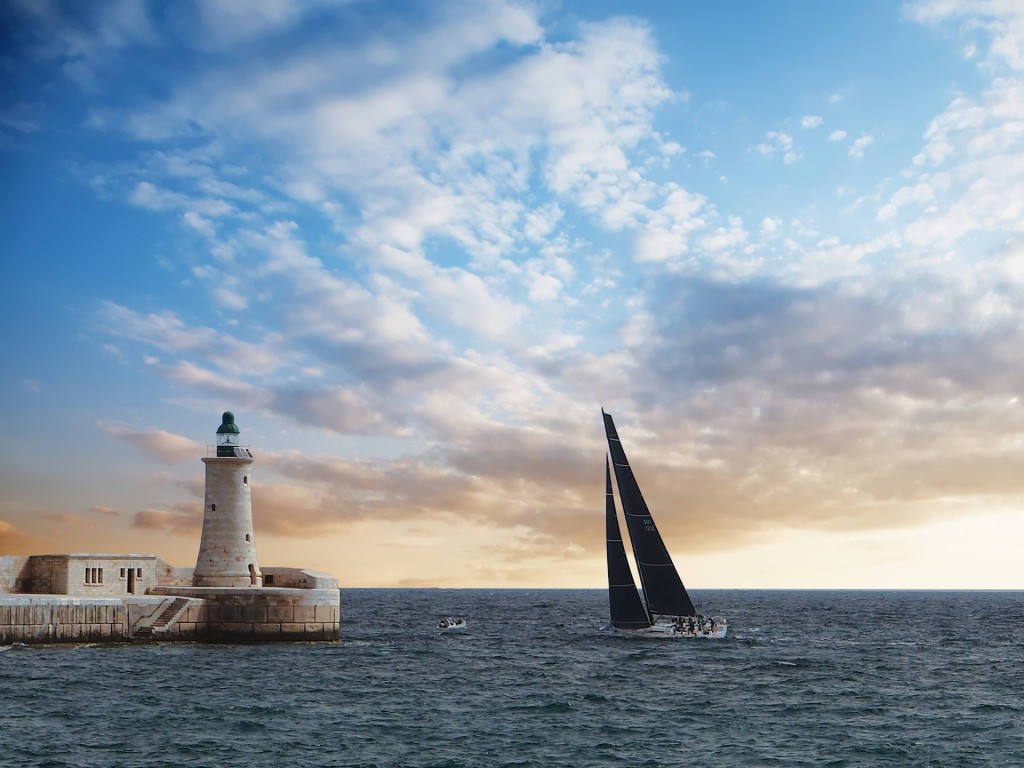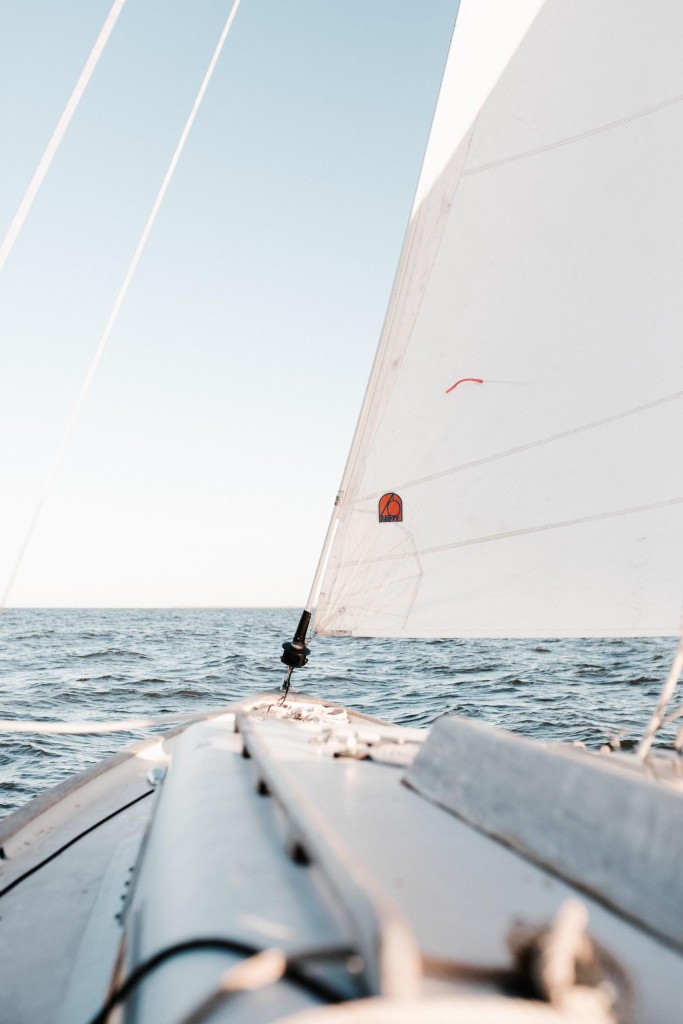October is a special month in the sailing calendar. All sailors have circled out the 17th and already can’t wait to see the amazing fleet in the Grand Harbour as yachts of all sizes gather on the start line for the prestigious and challenging Rolex Middle Sea Race.
The race, a permanent fixture in our calendar since 1968 attracts racers from across the globe who hope to lift the beautifully designed and coveted trophy, shaped in the form of a Maltese Bastion. The long list of winners nail their place in sailing folklore, and for those who don’t cross first, the experience will still be one of their favourites.

The starting line for the race could not possibly be more iconic. All boats start in front of Lower Barrakka in Valletta and beneath Birgu’s Fort St Angelo, Valletta and will circumnavigate the island of Sicily, before looping around Lampedusa as they arch back home to Malta. The challenge thickens as all the crews have to cram through the narrow straits of Messina, then head northbound towards the Aeolian Islands and the charming but active volcano of Stromboli. It is then Westward to the Egadi Islands before looping around Lampedusa and heading homeward.

The challenging circuit of the Rolex Middle Sea Race. Image credit: https://www.rolexmiddlesearace.com/
Different classes sail off at different times and the starting day is truly spectacular as you will witness the finest racers the world has to offer, along with their brave crews.
The race was first run in 1968, and is one of the world’s most beautiful races due to the stunning location and mostly good weather on course. Up to 68 yachts have taken part, a record which was set in 2006.
Some brave, or mad, sailors even complete the course double-handed which is an amazing achievement seeing as all the demanding workload must be spread between two keen crew members.
Boat Preparation
Each participant must know his or her boat perfectly and it must be prepared to maximise performance. We’re not just talking about having a smooth and clean hull, but each and every nook, cranny, nut and bolt must be checked vigorously before the race.
The sails must be checked well, and the tell tales need to be visible to aid you as you seek to slice through the air. All the lights must be checked as the night sections of the race can be quite demanding. Your lines must be organised to perfection, as stowing these properly can save you minutes and also reduce your stress levels. The boat might look a mess right after race day ends, but it is worth it. Keeping all passageways clear will help on the day and reducing the movement on board will also reduce chaos, and keep the boat in an optimised position.

Any mistake out at sea can cost you and you need to get the best out of your vessel. Crews must travel extremely lightly and equipment must remain as dry as possible in order to not carry more kilos.
Racing tactics will come to play and each navigator must know the route perfectly and knowing where to cut corners or to find faster winds can be the difference between first in class or last. Many sleepless nights await before race day and visualising each day out at sea will give the sailor an edge.
Even when it is your turn for a quick break, choosing where to sit and relax is key as your weight distribution can optimise the vessel when heeling.
Typically all your safety equipment must be perfected before the race, and the usual basics are important. Jackstays, safety lines, safety jackets, overalls, waterproof shoes and a sun cap and sunglasses are considered vital to racers. A handheld VHS can also come in handy as you might need to communicate with the race officials at any stage. It is also recommended to check your lifelines – as the name implies, they can save your life.
Seeing as our mobile phones often fall victims to our hobbies, it is worth taking a floating lifeproof cover on board too.
Our top tips
- Plan ahead, way ahead of schedule
- Make sure everything works: Sails, winches, pulleys, electronics, lifelines etc.
- Try out your system. Never enter race day with unfamiliar equipment.
- Keep your crew informed of everything
- Get local knowledge.
- Talk to sailors who have competed in the race.
- Keep the hull shiny clean and polished before the race, even if it means pulling up some months ahead.
- Practice practice practice
- Keep calm
- Keep a chilled bottle of Champagne in the fridge, and some victory cigars.
Keeping track of the race
Friends and families of the brave crewmembers will be able to keep track of their sailors online using this online and mobile friendly tracker, where no doubt the refresh button will be hammered as the excitement builds.

